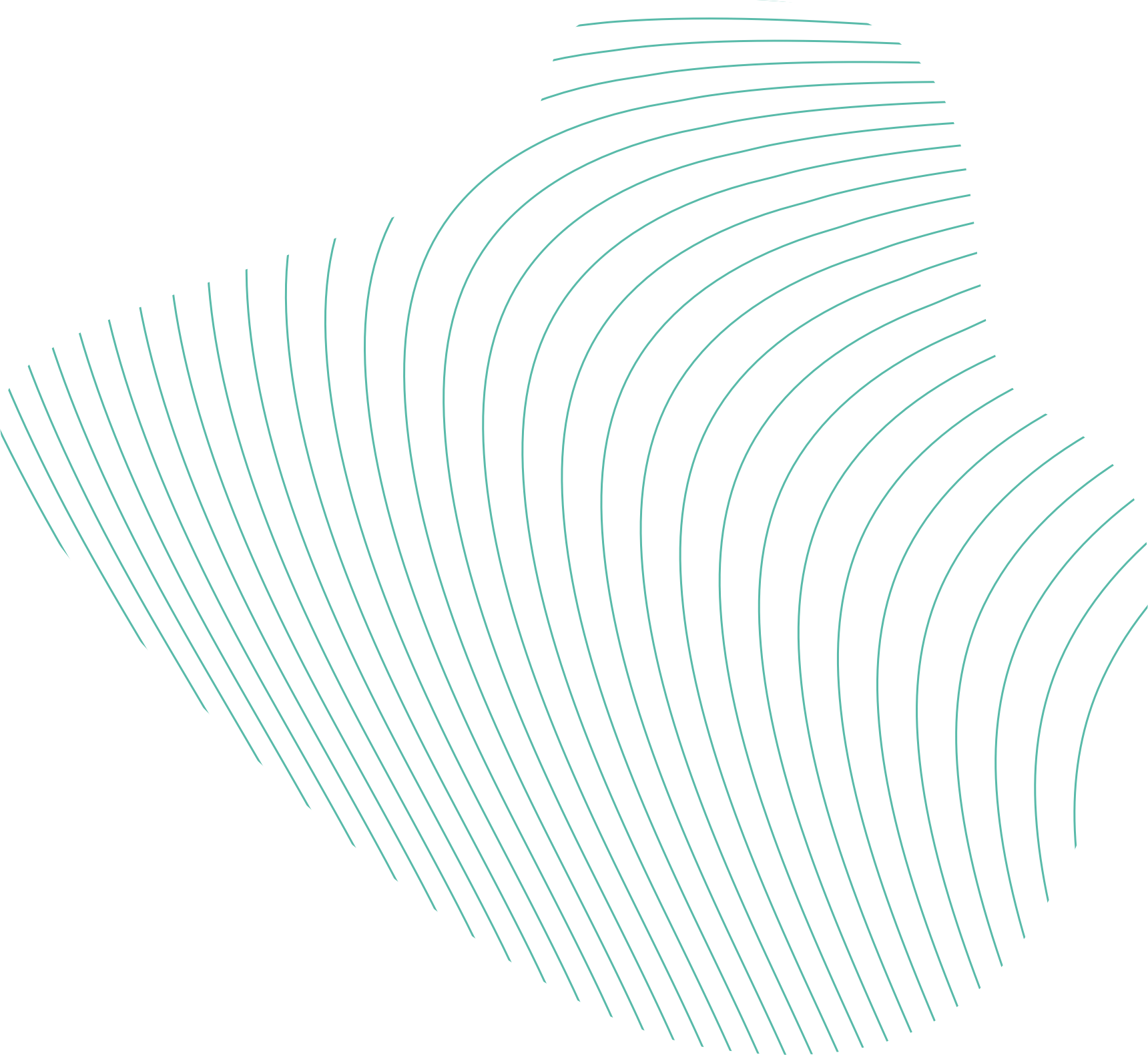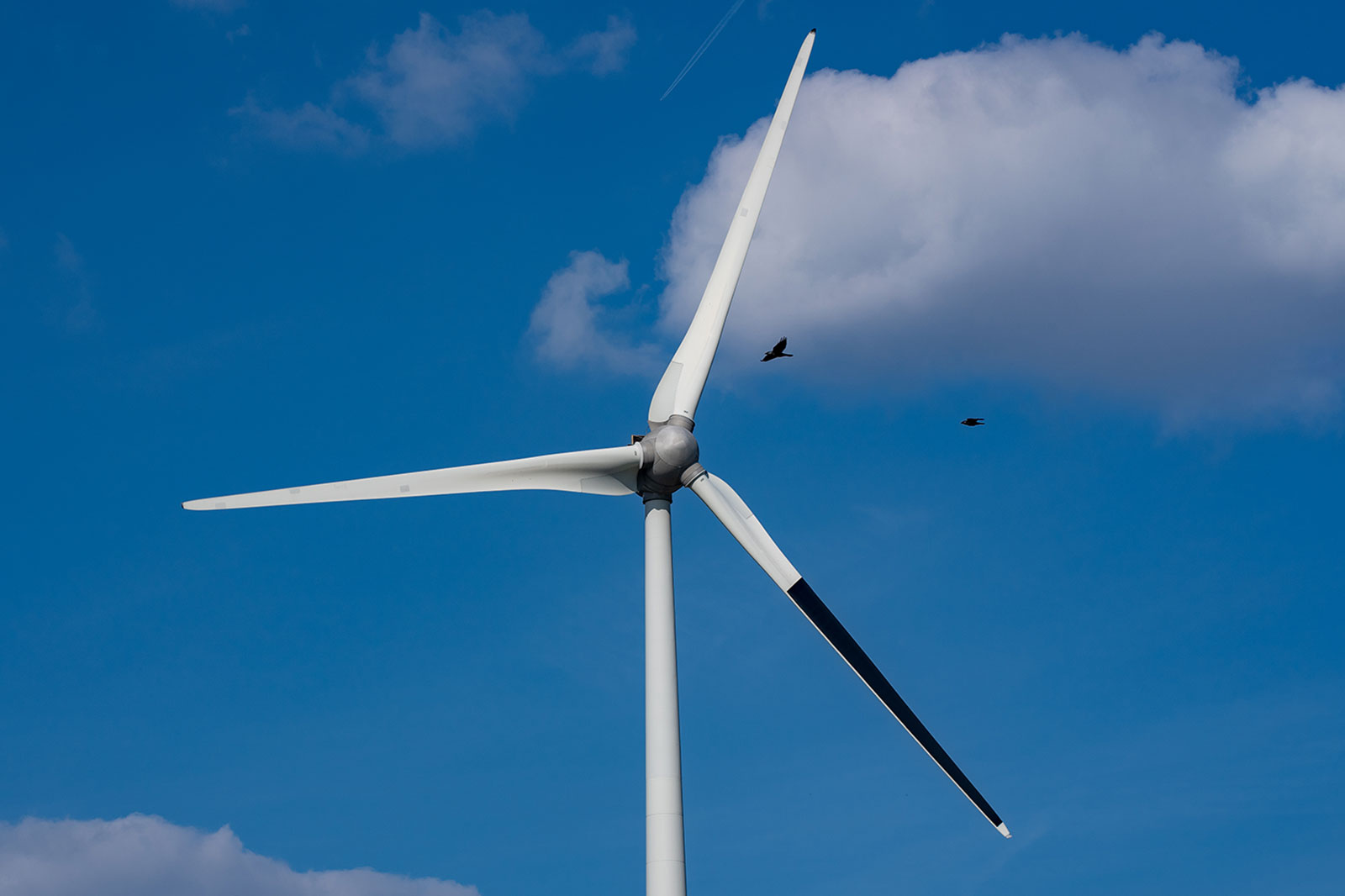Bringing operating sites into harmony with regional ecosystems is of high priority at RWE, and this is also reflected in the company’s sustainability strategy. Important goals here are the preservation of biodiversity and the protection of wildlife. This applies to conventional power plant locations as well as areas that are used for generating energy from renewable sources.
A frequent topic of discussion is how wind turbines disrupt birds’ flight paths and how improvements can be made in this area. The Black Blade pilot project in the Netherlands is looking into this issue and trying to find science-based answers. To this end, substantial and eye-catching modifications were made to seven turbines at RWE’s Westereems wind farm in Eemshaven.
One of the three rotor blades of each of those turbines was painted black and fitted with a sophisticated monitoring system comprising a camera and a motion sensor.



